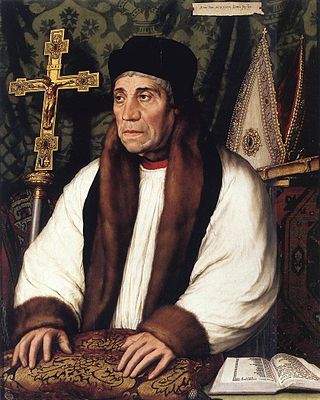
William Warham was the Archbishop of Canterbury from 1503 to his death.
Walter Reynolds was Bishop of Worcester and then Archbishop of Canterbury (1313–1327) as well as Lord High Treasurer and Lord Chancellor.

John Kemp was a medieval English cardinal, Archbishop of Canterbury, and Lord Chancellor of England.
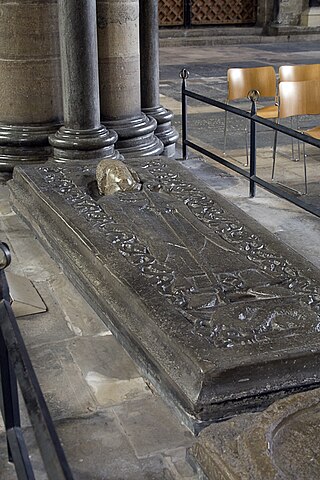
Roger of Salisbury, was a Norman medieval bishop of Salisbury and the seventh Lord Chancellor and Lord Keeper of England.
Sir Thomas Duffus Hardy was an English archivist and antiquary, who served as Deputy Keeper of the Public Record Office from 1861 to 1878.

The Lord Chancellor, formally titled Lord High Chancellor of Great Britain, is the highest-ranking traditional minister among the Great Officers of State in Scotland and England in the United Kingdom, nominally outranking the prime minister. The lord chancellor is appointed by the sovereign on the advice of the prime minister. Prior to the union of England and Scotland into the Kingdom of Great Britain, there were separate lord chancellors for the Kingdom of England and the Kingdom of Scotland. There were Lord Chancellors of Ireland until 1922.
A sinecure is an office, carrying a salary or otherwise generating income, that requires or involves little or no responsibility, labour, or active service. The term originated in the medieval church, where it signified a post without any responsibility for the "cure [care] of souls", the regular liturgical and pastoral functions of a cleric, but came to be applied to any post, secular or ecclesiastical, that involved little or no actual work. Sinecures have historically provided a potent tool for governments or monarchs to distribute patronage, while recipients are able to store up titles and easy salaries.
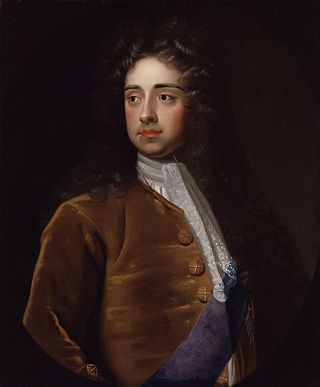
The Lord High Treasurer was an English government position and has been a British government position since the Acts of Union of 1707. A holder of the post would be the third-highest-ranked Great Officer of State in England, below the Lord High Steward and the Lord High Chancellor of Great Britain.
Justiciar is the English form of the medieval Latin term justiciarius or justitiarius. The Chief Justiciar was the king's chief minister, roughly equivalent to a modern Prime Minister of the United Kingdom.

John Singleton Copley, 1st Baron Lyndhurst, was a British lawyer and politician. He was three times Lord High Chancellor of Great Britain.

Charles Christopher Pepys, 1st Earl of Cottenham, was an English lawyer, judge and politician. He was twice Lord High Chancellor of Great Britain.

Robert Monsey Rolfe, 1st Baron Cranworth, PC was a British lawyer and Liberal politician. He twice served as Lord High Chancellor of Great Britain.
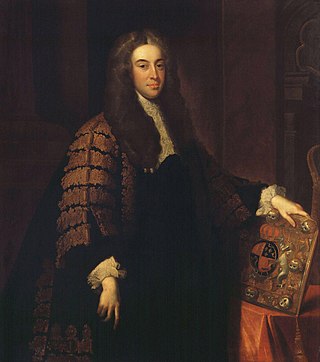
Charles Talbot, 1st Baron Talbot, was a British lawyer and politician. He was Lord High Chancellor of Great Britain from 1733 to 1737.
Government in medieval monarchies generally comprised the king's companions, later becoming the royal household, from which the officers of state arose, initially having household and government duties. Later some of these officers became two: one serving state and one serving household. They were superseded by new officers, or were absorbed by existing officers. Many of the officers became hereditary and thus removed from practical operation of either the state or the household.

Francis North, 1st Baron Guilford, PC, KC(22 October 1637 – 5 September 1685) was the third son of Dudley North, 4th Baron North, and his wife Anne Montagu, daughter of Sir Charles Montagu of Boughton House and Mary Whitmore. He was created Baron Guilford in 1683, after becoming Lord Keeper of the Great Seal in succession to Lord Nottingham.
Ralph Neville was a medieval clergyman and politician who served as Bishop of Chichester and Lord Chancellor of England. Neville first appears in the historical record in 1207 in the service of King John, and remained in royal service throughout the rest of his life. By 1213 Neville had custody of the Great Seal of England, although he was not named chancellor, the office responsible for the seal, until 1226. He was rewarded with the bishopric of Chichester in 1222. Although he was also briefly Archbishop-elect of Canterbury and Bishop-elect of Winchester, both elections were set aside, or quashed, and he held neither office.
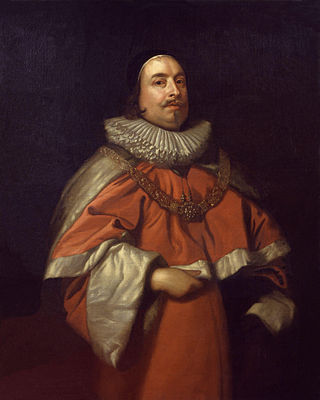
Edward Littleton, 1st Baron Lyttleton, from Munslow in Shropshire, was a Chief Justice of North Wales. He was descended from the judge and legal scholar, Thomas de Littleton. His father, also Edward, had been Chief Justice of North Wales before him.
John Russell was an English Bishop of Rochester and bishop of Lincoln and Lord Chancellor.
Sir Hugh Segrave or Seagrave was a Lord Keeper of the Great Seal and Treasurer of England under Richard II of England.

In the United Kingdom, the Great Officers of State are traditional ministers of the Crown who either inherit their positions or are appointed to exercise certain largely ceremonial functions or to operate as members of the government. Separate Great Officers exist for England and Wales, Scotland, and formerly for Ireland, though some exist for Great Britain and the United Kingdom as a whole.













